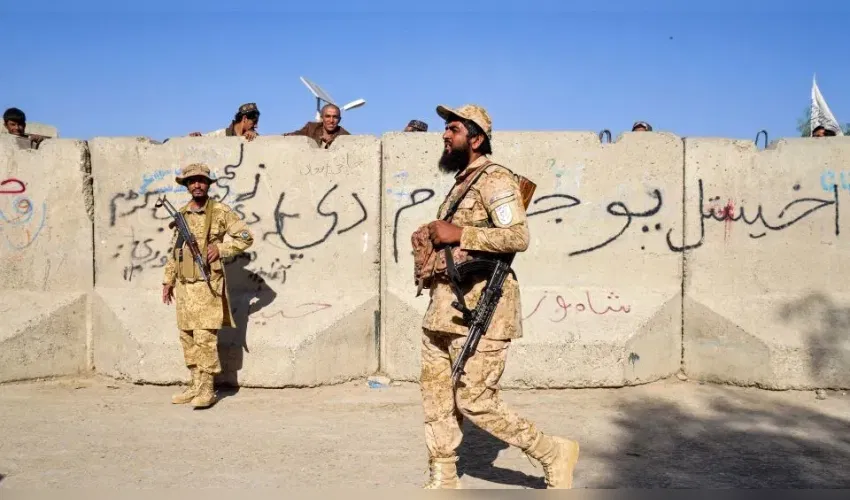World
Tensions Flare Between Afghanistan and Pakistan as Border Clashes Trigger Fragile Ceasefire

Heavy cross-border fighting has erupted between Afghanistan and Pakistan, sparking regional concern and international alarm. The clashes, which began along the volatile Kandahar–Chaman–Spin Boldak belt, have resulted in dozens of casualties on both sides, including civilians, Taliban fighters, and Pakistani troops. As the situation escalated, both nations traded airstrikes and accusations of aggression, prompting Islamabad to announce a 48-hour ceasefire — though even that has become a matter of dispute between the two governments.
Reports suggest that Pakistan carried out “precision strikes” across the border, targeting alleged militant hideouts in Afghanistan’s Kandahar province and even in parts of Kabul. Explosions and fires were heard in Kabul, which Taliban authorities claimed were caused by an airstrike that ignited a fuel tanker and a generator. Pakistan’s military, the ISPR, said its operations were aimed at militants responsible for recent attacks on its forces near the border. In retaliation, Afghan forces claimed to have recaptured several outposts and seized Pakistani military equipment, including tanks, while inflicting casualties on the opposing side.
The Taliban strongly condemned Pakistan’s actions. Spokesman Zabihullah Mujahid accused Islamabad of “using light and heavy weapons” against Afghan forces and civilians. Despite these accusations, Mujahid later said that Taliban forces had been instructed to observe a ceasefire “as long as it is not violated,” signaling conditional restraint. Pakistan, on the other hand, maintained that Afghanistan requested the ceasefire, whereas the Taliban insisted that Pakistan was the one to seek it. This conflicting narrative highlights the deep mistrust that continues to define relations between the two nations.
The root of the ongoing hostility lies in long-standing disputes over the Durand Line, the 2,611-kilometer border that Afghanistan has never officially recognized. Islamabad accuses the Taliban of harboring members of Tehreek-i-Taliban Pakistan (TTP), a banned militant outfit responsible for numerous attacks inside Pakistan. The Taliban, however, deny providing sanctuary to the TTP and have accused Pakistan of violating Afghan sovereignty through repeated cross-border shelling and airstrikes.
Amid the mounting tension, Pakistan has reportedly sought mediation from Qatar and Saudi Arabia to defuse the situation. Prime Minister Shehbaz Sharif condemned what he described as Afghan “provocations” and warned that Pakistan would respond “strongly” to any future aggression. Meanwhile, domestic tensions have also risen, with Pakistani authorities demolishing abandoned structures in an Afghan refugee camp near Karachi. The move triggered protests, though officials claimed that most of the camp’s residents had already returned to Afghanistan.
As both nations observe a tentative 48-hour truce, the world watches closely to see whether the ceasefire will hold. The key factors now include the verification of civilian casualties, the possible reemergence of cross-border militant activity, and the success of any diplomatic interventions by regional powers. The current pause in fighting may either mark a rare opening for dialogue — or serve merely as a brief lull before another dangerous escalation in one of South Asia’s most volatile frontiers.



